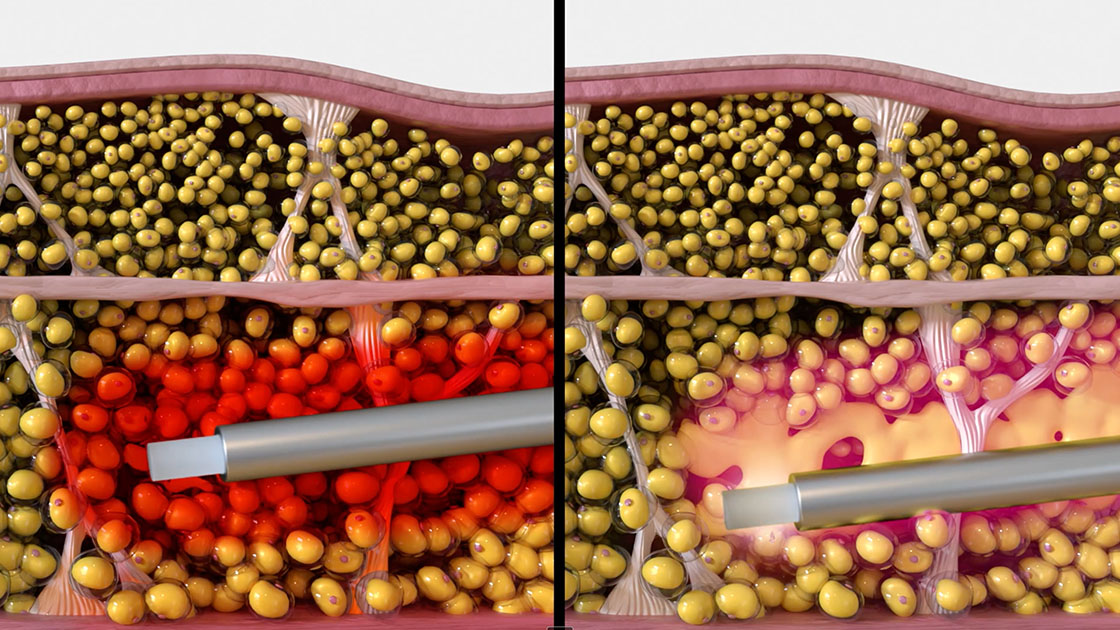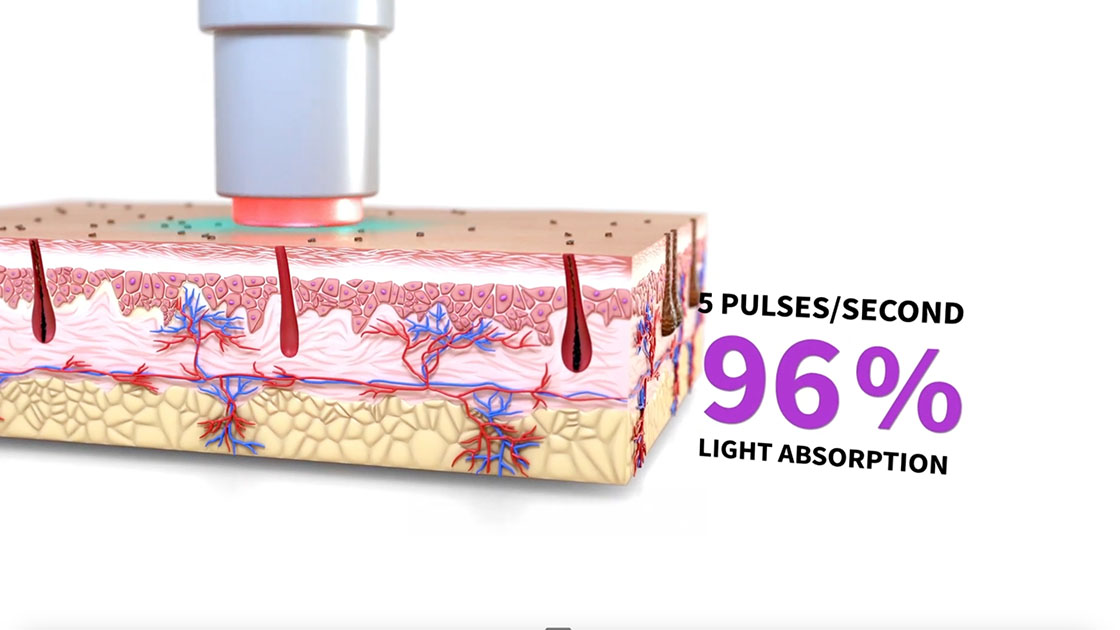MOA animations are hands down our favorite type of medical device visualization work we do.
Why? Because they solve one of the biggest challenges every MedTech company faces: how do you show what's happening underneath the skin?
Here's what we mean. Your prospects can see your device. They can hold it, examine it, maybe even understand its general purpose. But the real value—the magic that happens once your technology is inside the body—that's invisible to them.
And that invisible part? That's usually where your competitive advantage lives.

How Do You Know If You Need Medical Device Visualization?
Before we dive deeper, let's address the obvious question: how do you self-identify if your company needs 3D medical device modeling or MOA animations?
Ask yourself these questions:
- Is your sales team struggling to tell your story effectively?
- Are you struggling to explain to your sales team how your technology actually works?
- Are your clients—doctors, hospital administrators, procurement teams—not understanding how your technology creates value?
- Do you find yourself saying "if only they could see what happens inside the body" during sales presentations?
If you're nodding along to any of these, you're feeling the exact pain points that medical product rendering and interactive medical device demos solve. And trust me, if you're feeling it, your prospects are too.

Why Medical Device Marketing Needs Visual Innovation More Than Ever
In today's MedTech landscape, there's more competition and more content clutter than ever before. Medical device marketing agencies know that the companies that win aren't necessarily the ones with the best technology—they're the ones who can most effectively communicate why their technology is better through superior medical device visualization.
The more you can differentiate your product visually through surgical equipment visualization services and interactive medical demonstrations, the more success you'll have getting that product in front of clients and having them truly understand what your technology does.
Why MOA Animations Are Different from Standard Medical Device Marketing Content
Don't get me wrong—product demos and marketing videos have their place in any medtech marketing services arsenal. But MOA animations do something unique:
They educate while they sell. Your prospects walk away not just knowing about your product, but understanding the science behind why it works. That understanding builds trust. And trust closes deals.
They work at every stage of medical device product launch content. Sales presentations, training sessions, conference exhibits, investor pitches—MOAs adapt to any audience because they focus on the fundamental value proposition of your technology.
They level the playing field. Whether you're a startup going up against established players or an established company launching something new, a well-crafted MOA animation puts everyone on equal footing by focusing on what matters: the technology itself.

What Sales Teams Tell Us About Medical Device Visualization
While it's always hard to quantify qualified leads when it relates to content, the feedback we consistently hear from sales reps, sales leaders, and business owners is this:
"Thank you, thank you, thank you for helping us better visualize our technology. This is going to make our job as sellers so much easier and just make us look better as a company."
That's not just nice feedback—it's a business impact. When sales teams feel confident about their presentation materials, it shows. When they can clearly articulate value propositions, deals move faster.
What Makes Great Medical Device Visualization?
After creating dozens of these medical product rendering projects, the best ones share three characteristics:
1. They're scientifically accurate but visually compellingWe work closely with clinical teams to ensure every detail is correct, then make it beautiful enough that people actually want to watch. This is harder than it sounds—especially when dealing with complex surgical device visualization.
The most challenging medical device visualization project we've ever created involved a very complex surgical procedure showing the implant of a device in human anatomy and how it affects the body once implanted. The difficult part? As a creative studio specializing in medical technology visualization, there's a significant learning curve where our team essentially has to put on "doctor's gowns" and become experts in products, surgical processes, and physiological impacts. That's the only way to translate complex medical concepts visually and effectively through 3D medical device modeling.
2. They tell a storyThe best MOAs don't just show the mechanism; they walk viewers through the patient journey, the problem, and how your technology provides the solution.
3. They're designed for multiple uses across your medical device marketing strategyOne great MOA can be cut into shorter segments for social media, used in sales presentations, embedded on your website, or shown at trade shows as interactive medical device demos.
The Real Investment in Professional Medical Device Visualization
Here's the biggest misconception about professional medical device visualization services: the price.
Many people don't understand the complexity and work that goes into creating high-quality medical product rendering. They don't realize how technically challenging medical device visualization actually is.
Technical animations typically take 4-6 weeks minimum, depending on complexity. There's a specific process:
- Storyboarding and scripting phase - We sketch out exactly what the animation needs to be
- Animatic phase - We build all elements in 3D and create rough blocking
- Final animation phase - The polished, beautiful end result
This isn't a quick PowerPoint makeover—it's a comprehensive visualization project that requires medical accuracy, creative storytelling, and technical expertise.

Where Medical Device Visualization Is Heading
Medical device visualization and 3D medical device modeling are going to get significantly more sophisticated over the next 5-10 years. We're already seeing requests from clients to elevate MOAs using augmented reality and virtual reality (though this depends on broader adoption of technologies like headsets).
We're starting to create very unique interactive medical demonstrations for events and training tools that go far beyond traditional screen-based animations. The creativity and interactivity behind surgical equipment visualization services will continue to evolve as technology advances.
The Bottom Line
Your medical technology is sophisticated. Your medical device marketing should be too.
In a crowded market where everyone claims to have the "next breakthrough," the companies that succeed are the ones who can clearly demonstrate their value through professional medical device visualization. MOA animations don't just show what your device does—they show how it creates value for patients, providers, and healthcare systems.
If your sales team is struggling to communicate your technology's benefits, or if you find yourself constantly explaining "what happens next" after your device is implanted or deployed, it might be time to invest in medical product rendering that makes the invisible visible.
Because in MedTech, understanding isn't just nice to have—it's everything.
LAUNCHING A PRODUCT?
Discover how our medtech-focused content strategy turns innovations into standout brands.

%201.svg)




.jpg)
